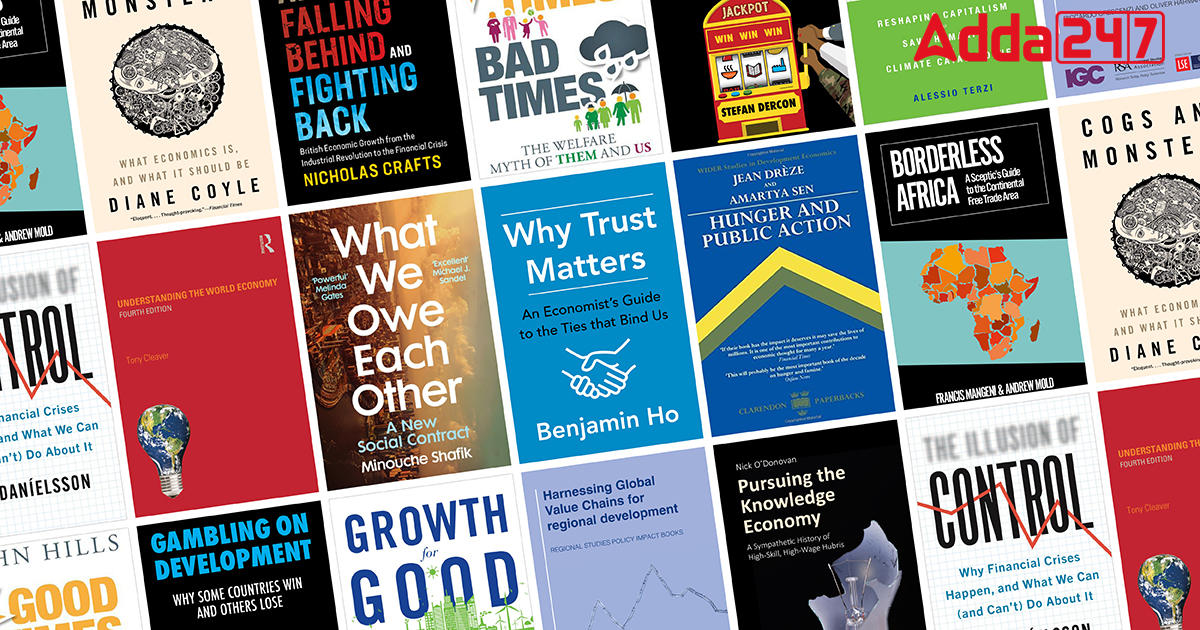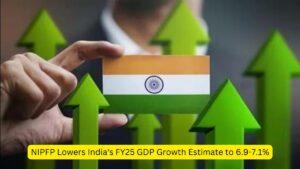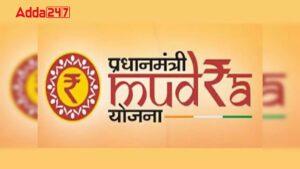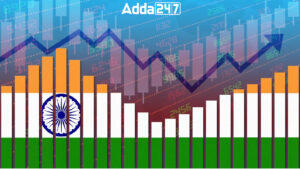Understanding India’s budget and economy is crucial for policymakers, economists, and anyone interested in the nation’s financial landscape. Below is a curated list of important books that provide valuable insights into various aspects of India’s budgetary and economic policies.
Reading List on India’s Budget and Economy
1. “India’s Economic Policy: Preparing for the Future” by Arvind Panagariya
Context: Comprehensive analysis of India’s economic policies, addressing challenges and suggesting future strategies.
2. “Indian Economy: Performance and Policies” by Uma Kapila
Context: A detailed examination of the Indian economy’s performance and the impact of various policies.
3. “Budget 2023-24: Unraveling India’s Fiscal Priorities” by Economic Times
Context: In-depth coverage and analysis of the annual budget, unraveling fiscal priorities for the upcoming year.
4. “The Indian Fiscal System: A Comprehensive Guide” by M. L. Mathur
Context: A guide delving into the intricacies of India’s fiscal system, covering taxation, expenditure, and fiscal reforms.
5. “India’s Economic Reforms and Development: Essays for Manmohan Singh” edited by Isher Judge Ahluwalia
Context: Essays exploring the economic reforms in India, with a focus on the contributions of Dr. Manmohan Singh.
6. “Economic Survey of India” by Ministry of Finance, Government of India
Context: An official publication providing an in-depth analysis of the economic developments and policy initiatives in India.
7. “The Budgetary Process in India” by Bimal Jalan
Context: Examining the intricacies of the budgetary process in India, offering insights into decision-making and resource allocation.
8. “India’s National Budget: A Blueprint for Growth” by C. Rangarajan
Context: Analyzing the national budget as a blueprint for economic growth, with a focus on key policy measures.
9. “Fiscal Policy in India: Trends and Trajectory” by Montek Singh Ahluwalia
Context: A critical assessment of India’s fiscal policy trends, exploring their impact on economic trajectory.
10. “Indian Economy: Problems of Development and Planning” by D. Mishra
Context: Addressing development challenges in the Indian economy, with a focus on planning and policy issues.
11. “Budget and Economic Survey: Decoding India’s Financial Landscape” by Rajiv Mehrishi
Context: Decoding India’s financial landscape through an exploration of budgetary aspects and economic surveys.
12. “India’s Economic Development: Strategies for the New Millennium” by S. P. Gupta
Context: Strategies and approaches for economic development in the new millennium, considering India’s unique challenges.
13. “Public Finance in India” by R. K. Lekhi
Context: A comprehensive examination of public finance in India, covering taxation, public expenditure, and fiscal policies.
14. “Economic Policies and Performance in India” by Deepak Nayyar
Context: Analyzing economic policies and their impact on India’s overall economic performance.
15. “India’s Economic Challenges” by Bibek Debroy
Context: Exploring the various economic challenges faced by India and proposing potential solutions.
16. “Goods and Services Tax: Journey of One Nation, One Tax” by Arun Jaitley
Context: A detailed account of the journey and implementation of the Goods and Services Tax (GST) in India.
17. “Economic Reforms in India: From First to the Second Generation and Beyond” by Jagdish Bhagwati
Context: Tracing the evolution of economic reforms in India, examining both the first and second-generation reforms.
18. “Budgetary Politics in India” by Sudipta Adhikari
Context: Exploring the political dimensions of budgetary processes in India, shedding light on the intersection of politics and economics.
19. “India’s Fiscal Federalism” by Y. V. Reddy and Sajal Lahiri
Context: Examining the dynamics of fiscal federalism in India and its implications for economic governance.
20. “Economic Planning in India: Issues and Challenges” by K. N. Raj
Context: Analyzing the issues and challenges associated with economic planning in India, offering insights into the planning process.
21. “Financial Inclusion in India: Policies and Practices” by R. K. Uppal
Context: Examining the policies and practices promoting financial inclusion in India and their impact on the economy.
22. “Indian Financial System: Structure and Functions” by H. R. Machiraju
Context: Providing an overview of the structure and functions of the Indian financial system, crucial for understanding economic dynamics.
23. “Economic Development in India: Challenges and Prospects” by Amartya Sen and Jean Drèze
Context: Addressing the challenges and prospects of economic development in India through the lens of renowned economists.
24. “Monetary Policy in India: A Modern Macroeconomic Perspective” by Urjit R. Patel
Context: A modern perspective on monetary policy in India, exploring its role in shaping the macroeconomic landscape.
25. “India’s Trade Policy: A Comprehensive Analysis” by Biswajit Dhar
Context: A comprehensive analysis of India’s trade policies, examining their impact on the economy and global interactions.
Important Questions Related to Exams
1. Question: What is the primary purpose of fiscal policy?
-
- a) Monetary stability
- b) Price control
- c) Economic growth and stability
- d) Social welfare
2. Question: Which economic indicator measures the average change in prices of a basket of consumer goods and services over time?
-
- a) GDP
- b) Inflation rate
- c) Unemployment rate
- d) Exchange rate
3. Question: What does the term “GDP per capita” represent?
-
- a) Total national income
- b) Average income per person
- c) Government spending
- d) Gross investment
4. Question: In the context of international trade, what does the term “trade deficit” indicate?
-
- a) Exports exceeding imports
- b) A balanced trade situation
- c) Imports exceeding exports
- d) Zero trade activity
5. Question: Which organization is responsible for issuing currency notes in India?
-
- a) Reserve Bank of India (RBI)
- b) State Bank of India (SBI)
- c) Ministry of Finance
- d) Securities and Exchange Board of India (SEBI)
6. Question: What is the main objective of the Goods and Services Tax (GST) in India?
-
- a) Increase tax rates
- b) Simplify the tax structure
- c) Encourage tax evasion
- d) Eliminate indirect taxes
7. Question: What does the term “repo rate” refer to in the context of monetary policy?
-
- a) Interest rate at which banks borrow from the central bank
- b) Interest rate on loans to the public
- c) Rate of inflation
- d) Exchange rate fluctuations
8. Question: Which economic concept measures the percentage increase in the general level of prices for goods and services over a period?
-
- a) Recession
- b) Inflation
- c) Deflation
- d) Stagflation
9. Question: What is the purpose of the World Trade Organization (WTO)?
-
- a) Military alliance
- b) International economic cooperation
- c) Environmental protection
- d) Cultural exchange
10. Question: What is the role of the Reserve Bank of India (RBI) in the Indian economy?
- a) Fiscal policymaking
- b) Regulation of banks and monetary policy
- c) Infrastructure development
- d) Foreign affairs coordination
Kindly share your responses in the comment section!!



 NIPFP Lowers India's FY25 GDP Growth Est...
NIPFP Lowers India's FY25 GDP Growth Est...
 Mudra Loan Limit Doubled to Rs 20 Lakh: ...
Mudra Loan Limit Doubled to Rs 20 Lakh: ...
 India’s Economic Growth Projected at 7...
India’s Economic Growth Projected at 7...

